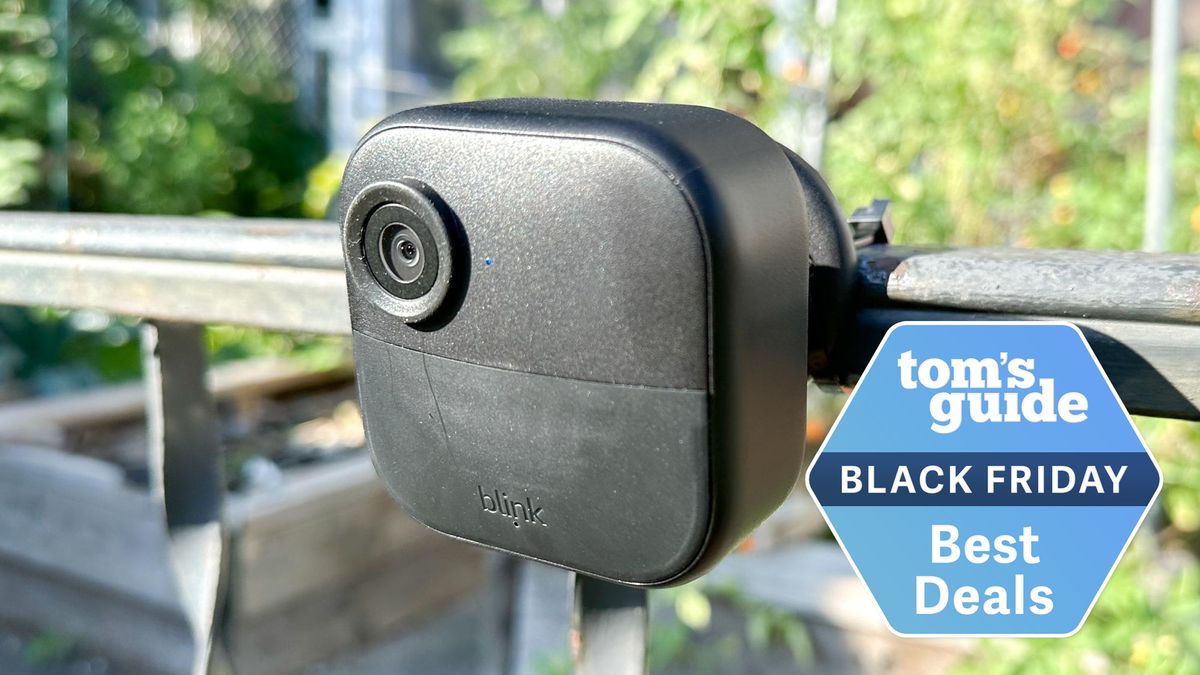I only started running three years ago, and I’m pretty pleased with how far I’ve come and how much fitter I am now than I was before I became a runner.
However, I have at times struggled to keep motivated when progress has been slow, and I have to admit, I haven’t seen the big changes I was hoping to see just by lacing up the best running shoes and heading out three times a week.
A few months into my running journey, I began to feel comfortable with running for up to forty minutes without stopping and I felt that my stamina was really improving, but I didn’t see much difference in my weight and I didn’t see muscle gain in the way I’d hoped.
Then I discovered high intensity interval sprinting, and everything changed. I kept hearing from other runners that intense sprints were a good way to keep progressing and challenging myself, so I decided to give it a go.
How to do high intensity interval training sprints
If you do a high-intensity interval training (HIIT) workout, the aim is to train intensely for short bursts with minimal breaks. The same principle applies to HIIT sprints, you just replace specific moves with a period of fast-paced sprinting.
First, though, you need to warm up for a run by doing some simple stretching exercises. Walking lunges and side lunges are great for getting you ready for sprinting. Then start walking at a brisk pace for 60 seconds. Now it’s time to sprint.
Your first three sprints should be done at around 80% of your capacity. You’ll need some good running shoes for this, as, even at 80% it’s important to wear the right, comfortable, footwear, like some of the best women's runnning shoes or men's running shoes.

Each sprint should last 20 seconds and should be followed by another 60 second walk to rest before the next sprint. Once you’ve completed the first three sprints, you’ll do three more sprints at full capacity.
Each of these full throttle sprints should be followed by a 90 second walk to fully recover and get you ready for the next sprint.If you find this easy, go for four or six full capacity sprints.
I started out doing three sprints at 80% capacity and then just two at full capacity, but after the first week of doing this just twice a week, I felt I could push myself a bit further and I added one more full capacity sprint. I practiced high intensity interval sprinting for four weeks, and here’s what happened.
I enjoyed it
I haven’t always found it easy to love exercising. In the past it’s been something I know I should do rather than something I want to do. But I was surprised to find how much I enjoyed high intensity interval sprinting. I think part of that is because I very quickly found I could do this and I was good at it.
Running longer distances is a struggle for me and I get tired quite easily, but I found the high intensity part of sprinting, the short bursts of energy, to be much more manageable for me, and it was something I actually looked forward to doing.
My stamina improved
I wasn’t figuring this in when I started my high intensity interval sprinting, but doing this routine for four weeks has made running longer distances much easier. Because I struggle with long distances and I enjoyed the sprinting so much, I didn’t do my usual runs for a month.
But when I did go back to it after the HIIT sprinting, and incorporated the two, I found I could run for longer without feeling the need to stop. Running had already upped my stamina, but the HIIT sprinting means I can push myself a bit further on my longer runs.
I gained muscle
If you take this form of exercise on to boost your metabolism and drop fat, it's effective, but you won't notice a huge difference in a month. But what I did notice was the change in my leg muscles.
Because I run regularly anyway, I do have a certain amount of noticeable muscle in my legs, but this ramped up very quickly after just two weeks of high intensity interval sprinting.
What I really liked about this is it was noticeable progress. I felt like this new practice was getting me somewhere and fast, and that kept me motivated to keep going.
It gets you outside
Not all runners run outside. I do, but a lot of people prefer using one of the best treadmills in the gym. But if you're going to take up high intensity interval sprinting, you really do need to get outdoors.
Yes, you could run at full pelt on a running machine and then slow it down for the recovery periods, but the routine works so much better if you have a stretch of grass nearby, a park, or even a beach, to practice on.
This works in two ways for me. The practice is just easier outside. You can run at full capacity and then transition to your walk easily, with no need to alter the speed on the running machine.
And, you get fresh air and enjoyable scenery around you, which is good for your mental health. Of course, you can get similar effects without the sweat by taking a mindful walk instead, but there's no reason not to include both in your week if you can.
More from Tom's Guide
- I run 50 miles a week and this is my go-to 20-minute yoga-for-runners workout to boost my flexibility
- Best running apps for 2024
- I did hill sprints every day for two weeks — and the results were impressive

















)



 English (US) ·
English (US) ·